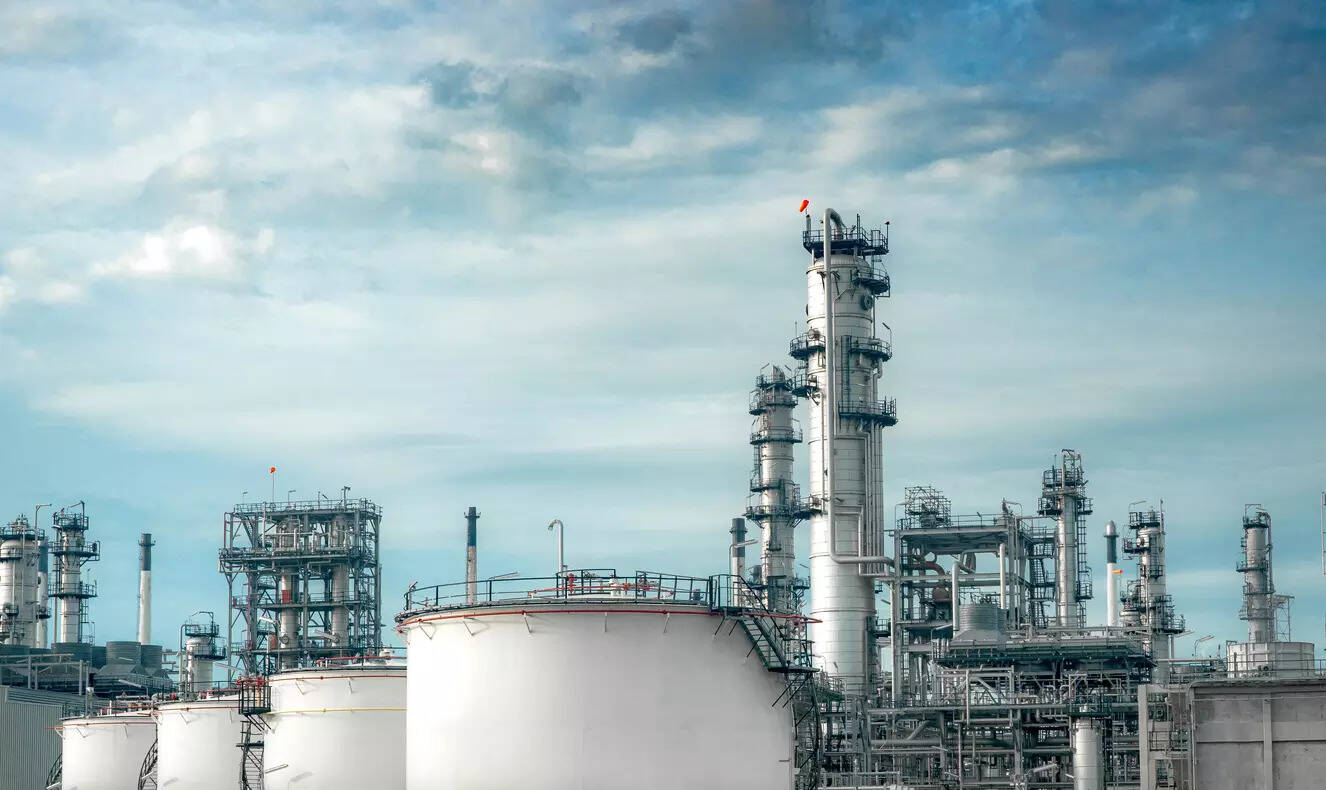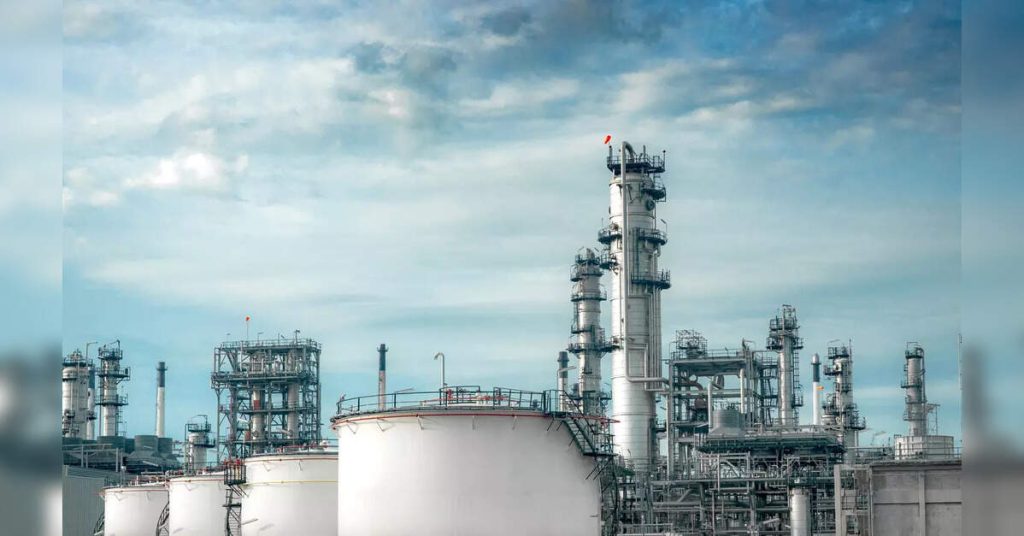
New Delhi: The eight-member OPEC+ group — comprising Saudi Arabia, Russia, the UAE, Iraq, Kuwait, Oman, Kazakhstan and Algeria — will meet on November 2 to decide production quotas for December. According to Rystad Energy, the alliance is likely to approve another 137,000 barrels per day (bpd) increase, continuing the gradual unwinding of previous output cuts.
What is OPEC+ likely to do next?
Rystad Energy’s Head of Geopolitical Analysis Jorge Leon said that despite new US sanctions on Russia’s two largest oil companies, the group is expected to maintain its cautious production hike.
“While speculation has increased about the impact of the new US sanctions on Russia’s two largest oil companies, we continue to believe that the group will opt for a cautious production hike of 137,000 bpd for December,” Leon said.
He added that Moscow is unlikely to oppose the decision as the sanctions’ impact will take time to materialize and Russia aims to project stability.
How has the unwinding progressed so far?
OPEC+ had announced in December 2023 its plan to unwind 2.2 million bpd of voluntary cuts — along with a higher UAE baseline of 300,000 bpd — over 18 months, from April 2025 to September 2026. However, the group accelerated the process, completing the entire unwinding a year ahead of schedule, driven by resilient oil prices supported by Chinese stockpiling and geopolitical risks.
In early October, the group began unwinding another 1.66 million bpd of voluntary cuts made in April 2023, increasing quotas by 137,000 bpd each in October and November. The upcoming meeting will decide whether to continue with this pace.
Why is backwardation important?
OPEC+ has managed to maintain a backwardated oil market — where near-term prices are higher than future prices — discouraging storage and supporting current prices. The spread had narrowed earlier due to rising supply and weakening demand, almost slipping into contango (where future prices are higher). However, US sanctions on Russian oil widened backwardation again to $1 per barrel for Brent and nearly $3 per barrel for Dubai, reflecting tighter supply.
How will US sanctions on Russia affect production?
The US administration recently imposed sanctions on Rosneft and Lukoil, escalating pressure on Moscow following stalled Ukraine peace talks and the cancellation of a planned meeting between Presidents Trump and Putin. This caused oil prices to rise by nearly $4 per barrel.
Rystad Energy estimates that 500,000–600,000 bpd of Russian oil could be at risk over the next two months, though the immediate impact on production is minimal.
Russian President Vladimir Putin described the sanctions as “serious” but said they would not significantly affect the economy. Rystad believes Russia will remain composed and support another modest production hike at the meeting.
What is Saudi Arabia’s approach?
From Riyadh’s perspective, the case for continuing the gradual unwinding has not changed. Saudi Arabia, along with the UAE and Kuwait, favours small, predictable hikes to project policy stability and avoid market shocks.
“A modest 137,000 bpd increase signals policy discipline,” Rystad noted. Saudi Arabia may also see this as an opportunity to capture market share if Russian exports decline, without overtly stating it as a motive.
Could oil prices rise further?
A key development influencing prices is the upcoming meeting between US President Donald Trump and China’s President Xi Jinping during the APEC summit. Reports suggest progress toward a “trade framework” that could ease tariffs and improve demand sentiment. A constructive outcome could push oil prices higher, aligning with OPEC+’s gradual supply increase strategy.
What are the implications for global oil balance?
If OPEC+ continues its current pace of 137,000 bpd monthly increases through 2026, Rystad Energy estimates a global liquids surplus of 1.1 million bpd in 2025, widening to over 4 million bpd in 2026. This could put downward pressure on prices unless offset by stronger demand, stockpiling, or fresh supply disruptions.
Rystad’s base case, published in October, assumes this ongoing unwinding, alongside factors such as Chinese stockpiling, modest demand growth, geopolitical risks, and low spare capacity, which could prevent a major price collapse.


